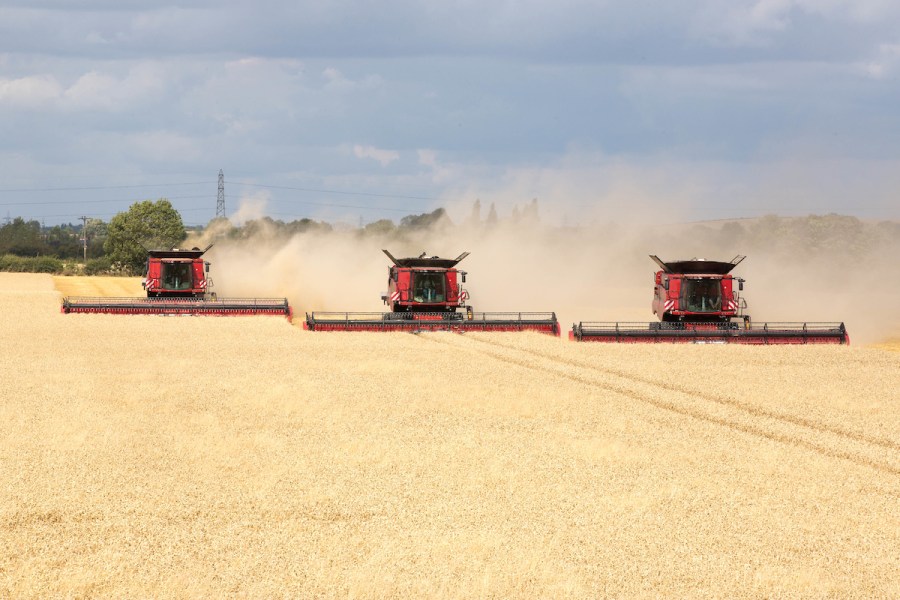Buying new machinery can be exciting – but how can you make sure you’re getting the best deal for your farm? CPM gets some top tips from Case IH.
By Olivia Cooper
You’ve done some initial research, identified a need, and are ready to bite the bullet. But with so much choice, how can you choose between different machines and obtain the best value from the market?
According to Charles Blessley, marketing manager at Case IH, farmers should consider ordering any new tractors and combines for next season now, to ensure they get the best deal and package for their business.
While it can be tempting to leave buying decisions until equipment is actually needed, ordering early means you can order the exact specification needed, take advantage of attractive finance deals, and make sure the machine is on-farm when needed.
“If you want a larger horsepower tractor like the Quadtrac, which is made in the USA, the lead time is about six months,” explains Charles. “We need to order the engine, gearbox, chassis and all the extras to build it how you want it – early orders always attract discounted prices because if you end up rushing something you have to pay more.”
Quadtracs made in the USA don’t always come with a PTO as standard, and there are many other design features which farmers can choose for their machine. “You can choose your tyre size and brand, rear or front weights, seat, beacons, whether the tractor is GPS ready or complete, air brakes and so on. It’s always better to get it built right first time in the factory than to modify a generic machine later – it’s both cheaper and better quality.”
Smaller tractors like the Optum and Puma are made in Europe and therefore do not have such a long lead time – but if required for silage making, it will be important to order early so they’re on farm by March or April at the latest, he adds.
“You also want to consider when in the tax year you want to take delivery – before your year-end or after it, or to make the most of each year’s Annual Investment Allowance.”
There is another reason why farmers might want to opt for early delivery in the coming year – political uncertainty. “Whatever happens regarding Brexit there will be changes in the short-term, exchange rates may alter and commodity prices may change. Shipments may be delayed due to customs backlogs or even diverted to other ports,” says Charles. “So make sure you get what you want lined up so as not to coincide with the end of March.”
Of course, combines don’t need to be ready until the summer, but it’s nice to have them on-farm in June to focus on farming before the real harvest job begins, he adds.
So if you’re in the market for a new piece of kit, what’s the best way to go about choosing the best machine and deal for your farm?
“Talk to your local dealers: Two or three of them, and decide which one you know, like and trust,” suggests Charles. “Look at the product offers and the support you will get from your dealer, and be honest about the usage you’ll put it to. If you do low hours an extended warranty might be a good option – for higher hours expect to pay for upgraded cover.”
It can be useful to try the equipment out, so ask about demonstrator machines or brand open days. “Often buying an ex-demo tractor will present a good deal, but ask yourself whether you actually need all the features it comes with – you may be better off opting for a new, lower-spec version.”
It’s also important to ask about delivery times, and to match the finance deal to your needs, he adds. “At the moment we’re offering fully flexible 0% finance with variable rate deposits and extended three-year warranties. But finance terms and offers will always be better in the autumn than later in the season, so take advantage of them.”
For more information on the latest offers click here




